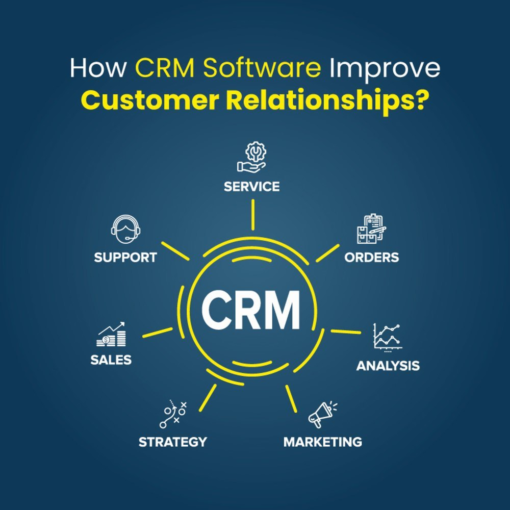Quality is the cornerstone of any successful business. In a competitive world, maintaining high-quality standards is non-negotiable. SAP Quality Management (SAP QM) is the key to achieving and sustaining excellence in product and process quality. In this comprehensive guide, we’ll explore SAP QM, its features, benefits, and how it can elevate your organization’s quality standards.
Understanding SAP Quality Management
What is SAP SAP QM ?
SAP Quality Management (QM) is an integral module within the SAP ecosystem that empowers organizations to manage and control product and process quality throughout the entire supply chain. It encompasses various quality-related processes, from inspection and testing to quality reporting and compliance.
Key Features of SAP QM
- Inspection Planning: Create comprehensive inspection plans specifying the quality checks and tests required for products.
- Quality Control: Perform real-time quality inspections during production and procurement processes.
- Batch Management: Manage and track batches of products to ensure quality consistency.
- Quality Notifications: Report and address quality issues promptly with integrated notification and workflow systems.
- Compliance: Ensure adherence to quality standards and regulatory requirements.
Benefits of Implementing SAP Quality Management
Enhanced Product Quality
SAP QM enables organizations to maintain and improve product quality, leading to higher customer satisfaction and brand loyalty.
Efficiency and Cost Reduction
Streamline quality control processes, reduce rework, and optimize resource utilization to lower operational costs.
Compliance and Risk Mitigation
Ensure compliance with industry regulations and standards, reducing the risk of penalties and recalls.
Data-Driven Decision-Making
Leverage data and analytics to make informed decisions about quality improvements and process optimizations.
Implementing SAP Quality Management
Assessment and Planning
Start by assessing your organization’s quality management needs and objectives. Develop a clear implementation plan that outlines goals, timelines, and responsibilities.
Configuration and Customization
Configure SAP QM to align with your specific quality control processes. Customize inspection criteria, checklists, and reporting templates.
Data Migration
Migrate existing quality data into SAP QM, including inspection results, compliance records, and quality reports.
Training and Testing
Provide comprehensive training to your quality control team to ensure they can effectively use SAP QM. Rigorous testing is essential to validate the system’s functionality.
Go-Live and Support
After successful implementation, transition to using SAP QM for daily quality management. Offer ongoing support and maintenance to address any issues and ensure smooth operations.
Conclusion
In conclusion, SAP Quality Management is a powerful solution for organizations seeking to elevate their quality standards. It offers benefits such as enhanced product quality, efficiency, compliance, and data-driven decision-making. By implementing SAP QM and following best practices, organizations can ensure excellence in their products and processes.
FAQs
1. What is SAP Quality Management (SAP QM)?
SAP QM is an SAP module that enables organizations to manage and control product and process quality throughout the supply chain.
2. How can SAP QM benefit my organization?
SAP QM offers benefits such as enhanced product quality, cost reduction, compliance, and data-driven decision-making in quality management.
3. Is SAP QM suitable for small businesses?
Yes, SAP QM can be tailored to the needs of small businesses, providing cost-effective quality management solutions.
4. What steps are involved in implementing SAP QM?
Implementation includes assessment, configuration, data migration, training, testing, and ongoing support.
5. Can SAP QM integrate with other SAP modules and external systems?
Yes, SAP QM seamlessly integrates with other SAP modules and external systems, ensuring a comprehensive approach to QM.
Free Bonuses:





